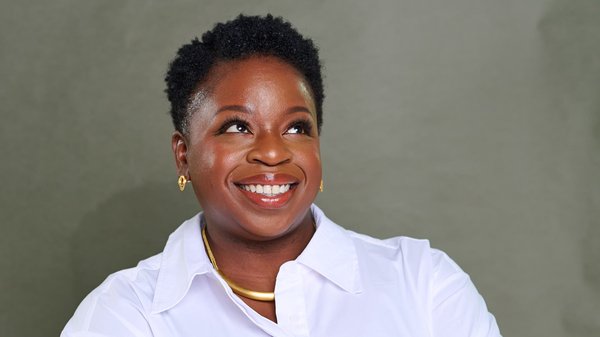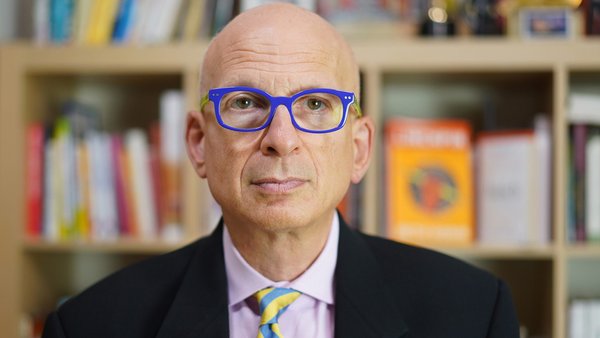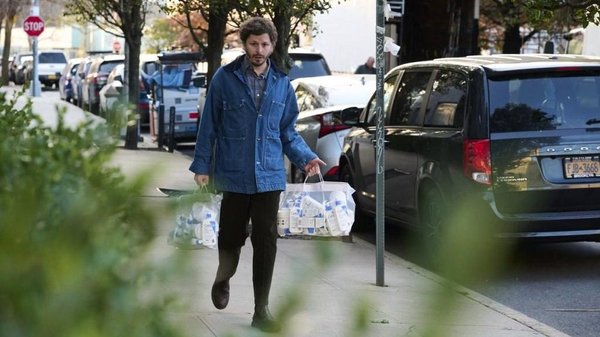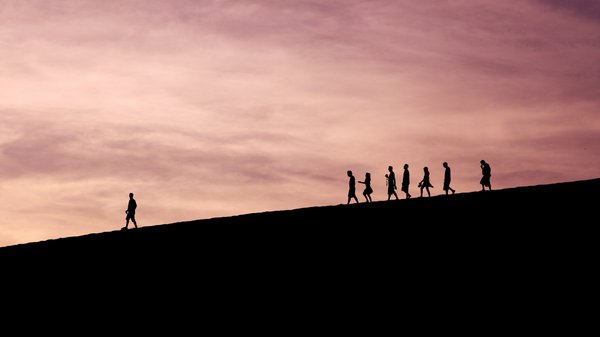Ex-Nike CMO on creative leadership and never chasing ‘cool’ /
Greg Hoffman shares lessons on creativity, risk-taking and innovation gleaned from almost three decades at global sportswear giant Nike
Chloe Markowicz
/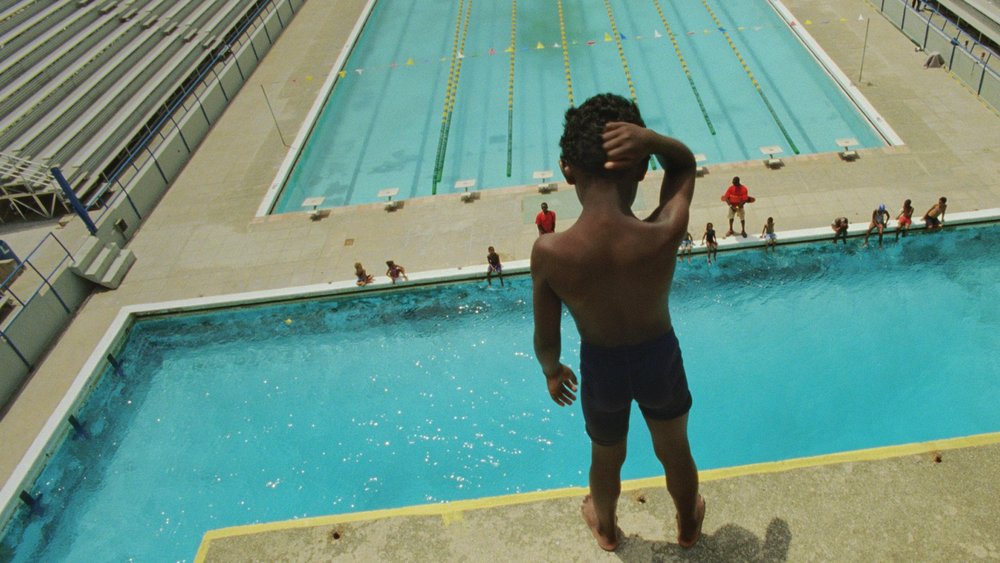
Over the years, Nike has achieved the paradoxical feat of being both mass-market and cool. Even as it became the world’s largest footwear company, with a market cap of more than $196bn, the brand never lost its cachet.
As a 27-year veteran at Nike, who rose through the ranks from design intern to chief marketing officer, Greg Hoffman knows a thing or two about how the brand has retained its iconic status.
Not only did Hoffman bear witness to Nike’s most ground-breaking innovations and communications of the past three decade, he was responsible for the teams that created them. It was under his leadership that game-changing ideas like the Nike Fuelband, the 2012 Olympics Find Your Greatness campaign and the 2014 Fifa World Cup Risk Everything campaign came to be.
Since retiring from Nike in 2020, Hoffman has had the chance to reflect on his illustrious career and in his recent book, Emotion by Design, he shares valuable lessons from his experience spearheading the brand’s storytelling, consumer experience and branding strategies. Today Hoffman spends his time guiding other Fortune 500 companies, as well as startups and non-profits, on how to drive business growth, strengthen their brands and achieve social impact through his brand advisory group Modern Arena. He also imparts his wisdom to students in his role as branding instructor at the University of Oregon’s Lundquist College of Business.
Contagious spoke with Hoffman about why diverse teams lead to creative excellence, how to incentivise risk-taking and encourage innovation, and what other brands should do if they hope to be anywhere near as cool as Nike.
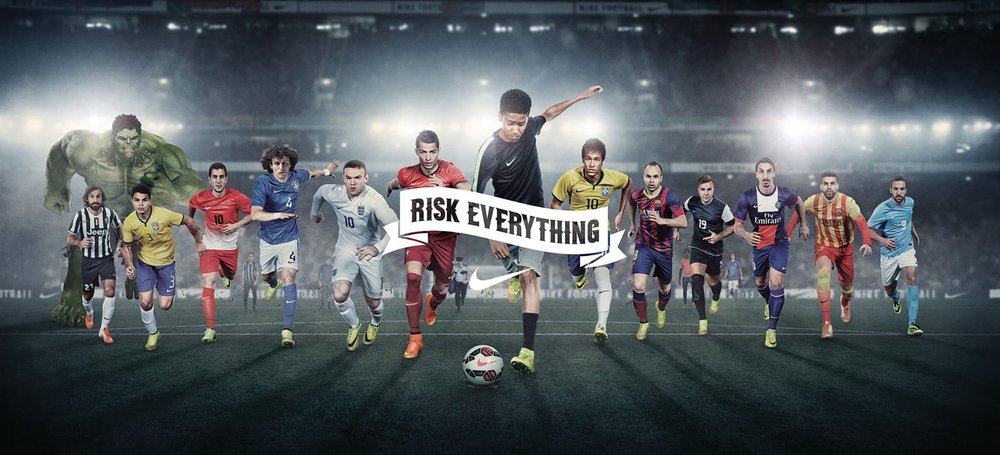
What’s the distinguishing factor between a merely good brand and a great brand like Nike?
Good brands are constantly asking how they want their customers to feel about their brand. What’s the impression of the brand they want to make in the mind of the customer? You could say that’s branding 101. But what makes Nike stand out, like other companies that transcend their products, is they’re asking a different question, which is ‘How do we want people to actually feel about themselves when they interact with us?’ At Nike we spent just as much time talking about the impression and image of the brand we wanted out in the world as we spent asking how we wanted people to feel about themselves. Now that sounds elementary. But when a brand wakes up one day and they ask ‘what happened?’, they weren’t thinking enough about the emotional value that a brand should be providing as much as the rational value.
So many of the products that I had the privilege of marketing and telling stories around were decades old. The functional value hadn’t changed for quite some time, but the emotional value or perceived value you can create and imbue on your products is infinite. We spent many hours figuring out how we could infuse our products with story, with emotion, and how we could celebrate our audiences’ passion and experience with those products.
Greg Hoffman
How do you strike the right balance between meeting business objectives and connecting with the consumer on an emotional level?
There are different levels of your communication offence. I always looked at it as ‘on the ground’, ‘overground’, and ‘underground’.
On the ground is your digital marketing offence or storytelling: product marketing that you’re delivering in real time with great velocity. Oftentimes, it’s very functional in nature. But you need to also invest in your overground story, remind people why you exist and what you stand for and where you’re trying to take people. This is about the benefits of these innovations and why they’ll give you an advantage. The product becomes an invitation to an audacious, exciting future that you get to be a part of. That’s the nature of ‘Just do it’. You get to be shoulder to shoulder with the best athletes in the world, because you’re an athlete too, regardless of what your body type or skill level or age is. And then, underground marketing is relationship marketing. These are the things that machine learning, AI, can’t do.
You have to move through all three levels of communication to not only tell your entire brand story, but deliver against the business goals and the aspirations of your audience.
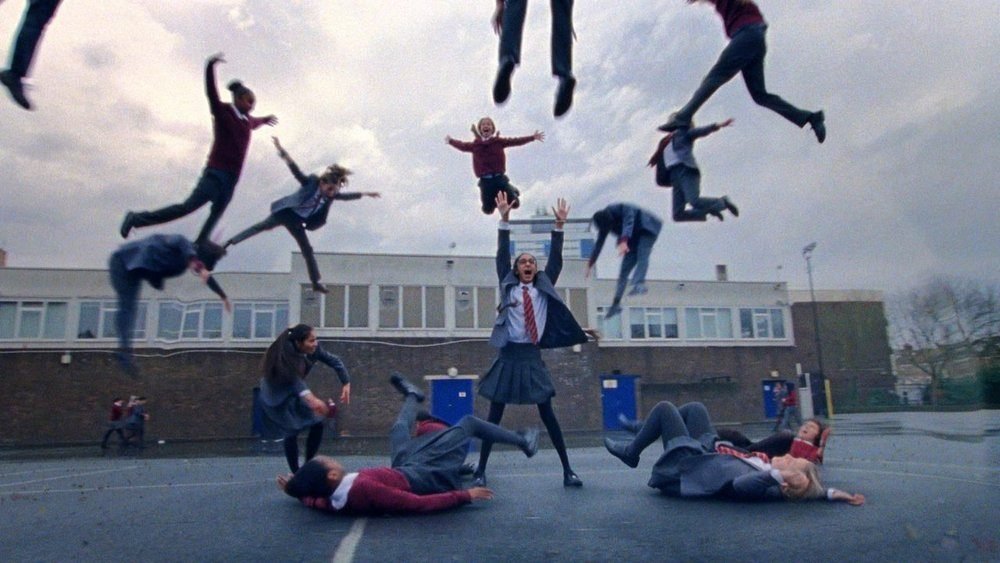
Greg Hoffman
Is a brand like Nike in an easier position to connect on an emotional level and tell stories than a CPG brand, like say a toothpaste brand?
Every brand has the opportunity to tell a story greater than the product itself. So it’s not just a sneaker, it’s an invitation to your human potential as an athlete. This isn’t just a car, it’s the keys to the next great adventure.
I always looked at it as flipping a switch. When a customer engages with a product for the first time are you flipping the switch on an emotional level? Clearly this idea of ‘becoming the best you ever’ is overused. But the bottom line is, if you are in the consumer goods space, and you’re not in the business of human potential you’re going to miss out on the ability to build a brand that is truly transcendent. And when you achieve that status, you are able to play a greater role that goes beyond just what you sell. But you have to earn that status in culture and society.
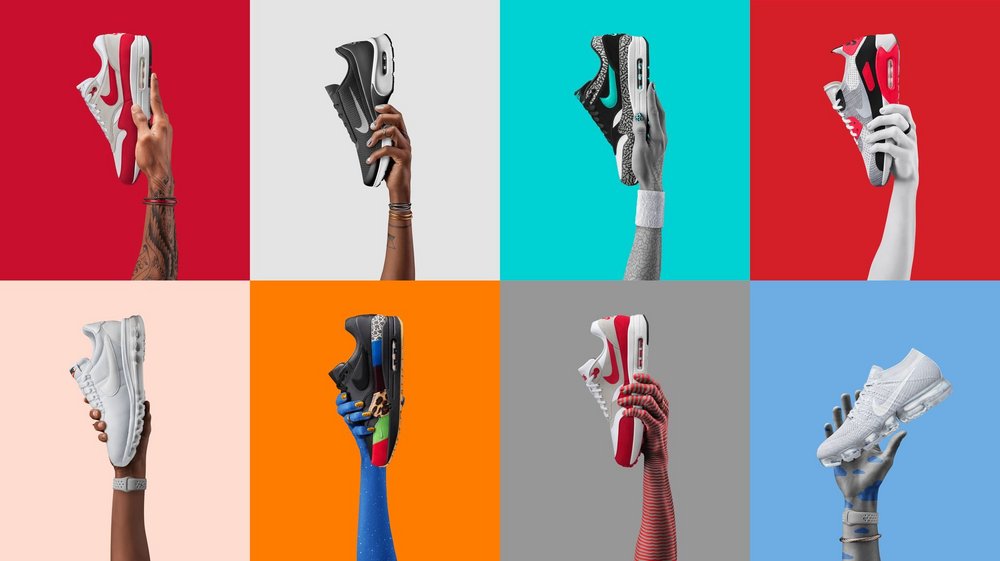
Do you have any suggestions for how to earn that status?
I always use Air Max Day, which is one of Nike’s most engaged days with its audience throughout the year, as an example. You could say, ‘Our company doesn’t have an Olympics. It doesn’t have a World Cup.’ But you can create your own consumer moments; you can create your own version of the World Cup. We created our own international holiday for a sneaker. This was really the first time a brand had created an international holiday around a product. We looked at what the greeting card industry had built around all these different holidays and asked, ‘What would happen if we created a holiday for a sneaker?’ That was in 2014 and today Air Max Day is this incredible day to celebrate the passion around this product. The consumers own that holiday, not Nike. Don’t sit back and say, ‘Well, we don’t show up in the same way in these cultural moments.’ There are so many creative ways you can create moments and use your products as the catalyst to do something exciting.
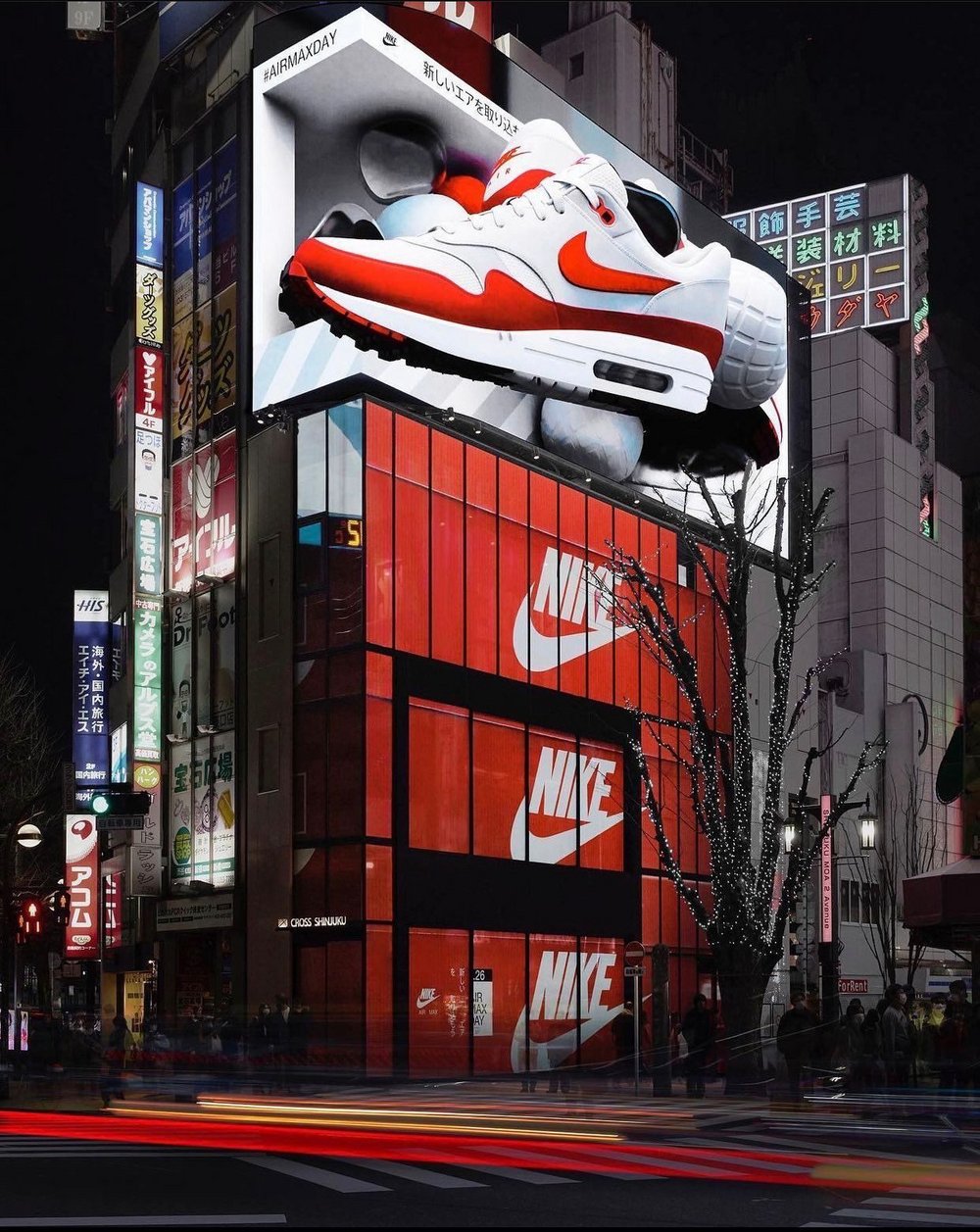
What’s your advice for a brand that aspires to be as iconic as Nike?
I always live by the mantra ‘Don’t chase cool’, which is hard not to do when you have the latest influencer or the latest social media platform that you see everyone being drawn to. You feel that you need to dive in too, yet when you get there, it doesn’t seem authentic. Authenticity is your cultural currency, both as a brand and as a leader, which means that you always have to make sure that what you are doing is rooted in why you exist and what your promises and values are. As you’re thinking ‘How can our brand have a bigger presence in culture?’, you still have to consider who you are, what you believe and why you exist. Every day you see brands that lose that anchor and it’s really hard to get back. Because when you chase cool you don’t catch it. And your customers are really savvy these days and they know when you’re faking.
Greg Hoffman
On the flip side, it’s really hard to be a leading innovator if you’re not taking risks. If you want to be on the leading edge of innovation and creativity and storytelling, if you want to take people to a new place you have to first go there yourself. Otherwise, you’re just following. In the teams that I had the privilege of running I always tried to make sure that those two conversations were happening simultaneously: ‘Who are we, what do we believe, why we exist?’ And at the same time, asking, ‘Are we pushing the edges to define convention and bringing unique experiences, stories and products to market?’ You want those forces pushing on each other.
Oftentimes the word innovation is only related to product design or service design. So when it came to marketing and advertising and brand design, I talked a lot with the leadership teams on the business side about the need to drive brand innovation, to be on the cutting edge, to define what’s next. That’s how you lead in culture.
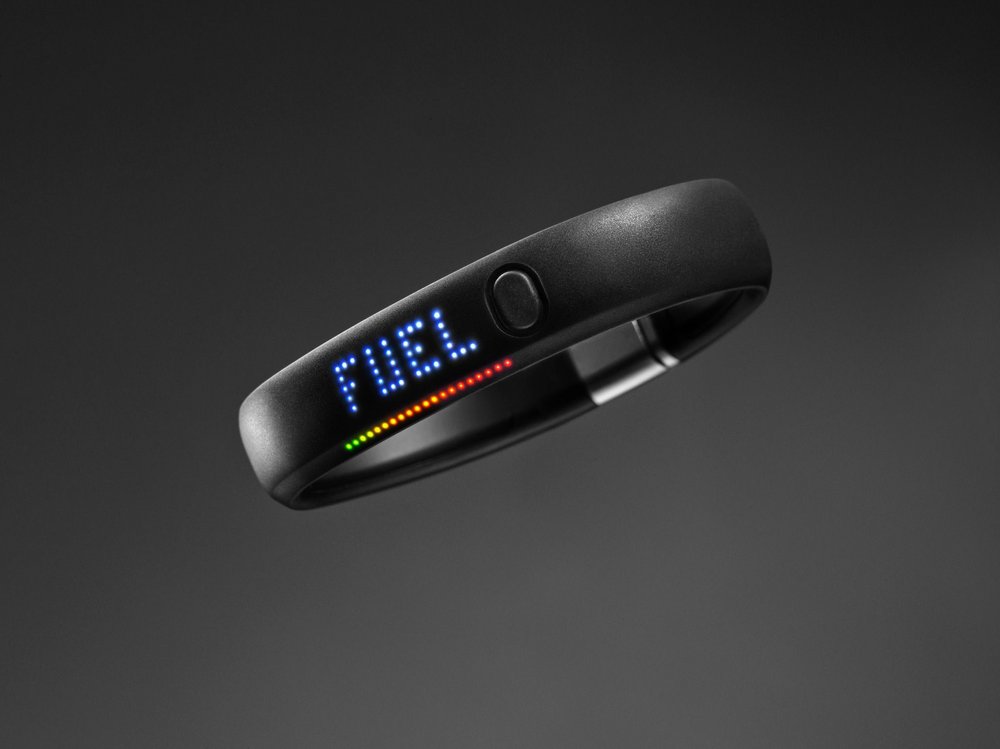
Your most recent role at Nike was vice president of global brand innovation. How do you encourage innovation and risk-taking within an organisation?
Create a culture where people don’t have to ask for permission to use their imagination and you will find the most creative organisations. As part of my role as a leader I made sure I was setting up the rules of engagement with other senior leaders at the company.
I created both a process, as well as a department, called Brand Innovation. I conditioned the leadership and the company to expect four ideas a quarter that weren’t on the business plan and that I would need an audience of stakeholders that would be there to listen to these ideas no matter how outrageous. I would need a team that is quite comfortable with knowing that most likely three out of four of those ideas would not make it into the world.
So it’s setting up expectations within a brand that there’s going to be a certain amount of work you’re going to do alongside the business plan that isn’t briefed but that is still trying to solve real problems that customers will have or the brand is trying to take on. You incentivise risk-taking by setting up an environment where people feel safe and empowered to dream like that. What it can’t be is a business distraction from the work at hand; it’s a parallel channel of dreaming.
Did you encourage that innovation process among your agencies as well?
Absolutely. If you look at the past 20 years of Nike marketing, there are so many industry firsts there because both the internal brand team and the agency teams, whether it was AKQA, or Wieden+Kennedy or R/GA, had the mandate to not only deliver the seasonal experiences and stories, but to think far ahead and deliver unique, game-changing ideas and innovations. Back in 2005, YouTube comes on the scene and Nike with its agency partners, creates the Ronaldinho Crossbar film. It becomes the first brand film to reach a million views. That’s just one of a multitude of examples where teams were allowed to dream and think beyond what the call for the day was and deliver that.
If everything you’re doing is making it to market, then actually how much of that is innovation? With innovation, the whole point is fail, fail, fail, succeed, because you’re pushing into new territory. But you need a leadership team that is empowering the teams and the agencies. Otherwise, people could become demotivated and reluctant in the future to take those chances.
Can you explain how rapid visualisation and prototyping can be an important part of encouraging innovation?
Visuals engage people on an emotional level, especially internally, and they can start to see why something might be a viable concept. Often, in the countless meetings that we’re all in, something exciting happens, where we start brainstorming around an idea and then everyone leaves and nothing ever happens with the idea. And you repeat that over and over and over again, because no one’s taking creative ownership over the conversation. Or the conversation breaks down because of a lack of budget because something’s not on the business plan. I’m a big believer in creative teams coming out of those types of conversations and quickly bringing ideas to life using the power of visualisation. That’s why I use the idea of ‘What’s the movie poster?’ How can how can you capture the excitement around an idea in a single visual and a tagline? You have to be willing to understand that sometimes nothing is going to come out of this. But quite frankly, something always does because I really do believe the successes that land in the marketplace are a combination of all the different failed attempts that came before it.
You mentioned the value of authenticity earlier. To what extent do you think authenticity is important particularly when it comes to purposeful campaigns? I’m thinking of work like Dream Crazy, for instance.
It completely relates. This idea of connecting what you sell to what the world needs in a given moment, is something I talk a lot about. If you can’t make that connection in an authentic way, then it’s probably not the time for you to engage in that conversation. For Nike, everything we did within the space of social justice or social impact we spoke about through the lens of sport. We spoke through the voices of the athletes that we had partnerships with. We were representing the experience that many athletes were having. It was extremely important that that came through in everything we did so that we could truly spark a movement.
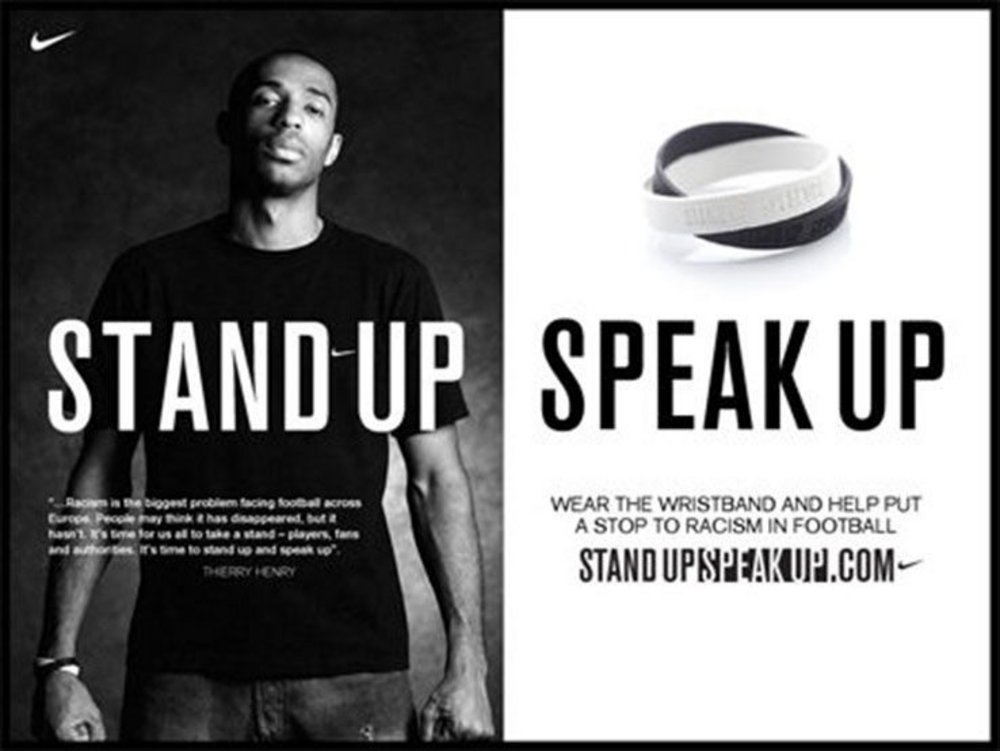
It’s not just enough to speak on a subject, what are you asking people to do about it? Take the Stand Up, Speak Up campaign in 2005. The rise of racism in global football was at an all-time high, both the spectators against the players, players against players, and it hit the crescendo with even coach against player. That’s when Thierry Henry had enough. So Nike worked with Thierry Henry to create a campaign to stop racism in the sport. It also had a component of action, [fans could get] these interlocking white and black armbands, the proceeds of which would go to anti-racism organisations.
My main advice for brands is storytelling should not be the default. There are so many different ways a brand can participate in creating positive change in the world. First and foremost, the biggest thing you can do as a brand is make sure your inspiration and innovation is available to those that might face barriers of entry.
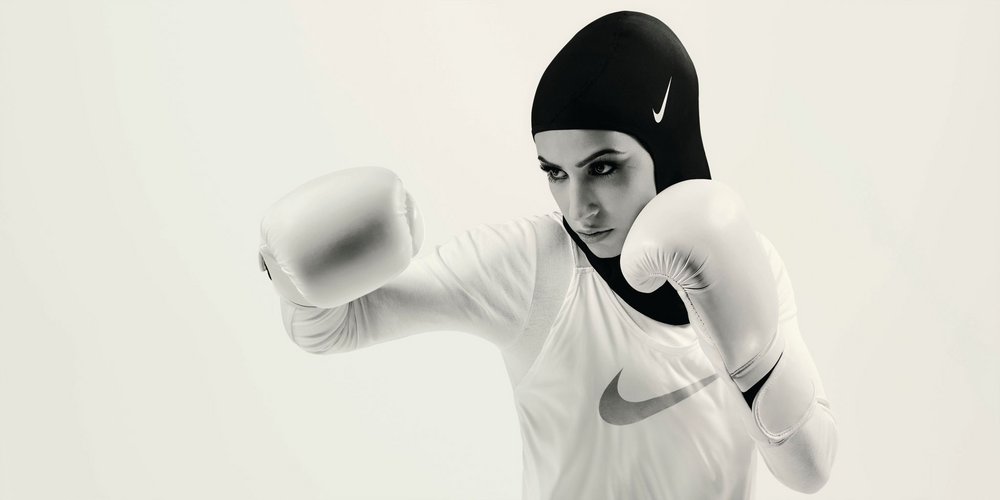
What exactly do you mean by this?
I’ll give you an example, the Nike Pro Hijab. In fencing, for instance, you might have someone that’s participating in a hijab with the traditional fabric, and when it gets moist, it hardens and you can’t hear the signals of the referee, and you get false starting times. Nike used innovation to provide a solution that created a level playing field. The point is that you’re expanding your peripheral vision to look outside your core consumer to see who doesn’t have access to what you bring into the world. This isn’t about advertising or communication. This is about empowering people with innovation. It’s radical accessibility and design.
Sony just created a new PlayStation controller for people of all abilities. MasterCard created specific notches on their cards to differentiate between a debit card or a bank card. Nike created the Nike FlyEase sneaker that’s easy to get on and off for everyone.
I love what Google did with the Pixel 6 smartphone. Oftentimes camera technology on smartphones gives a distorted view of the tones of certain individuals, especially those of people of colour, [and the Pixel 6 solves this]. Google has done a great job of making sure it has diverse internal creative teams to ensure that when they’re creating new solutions, they’re going to benefit everybody. Those are examples of what it means to be both authentic and empowering in the space of social impact.
Greg Hoffman
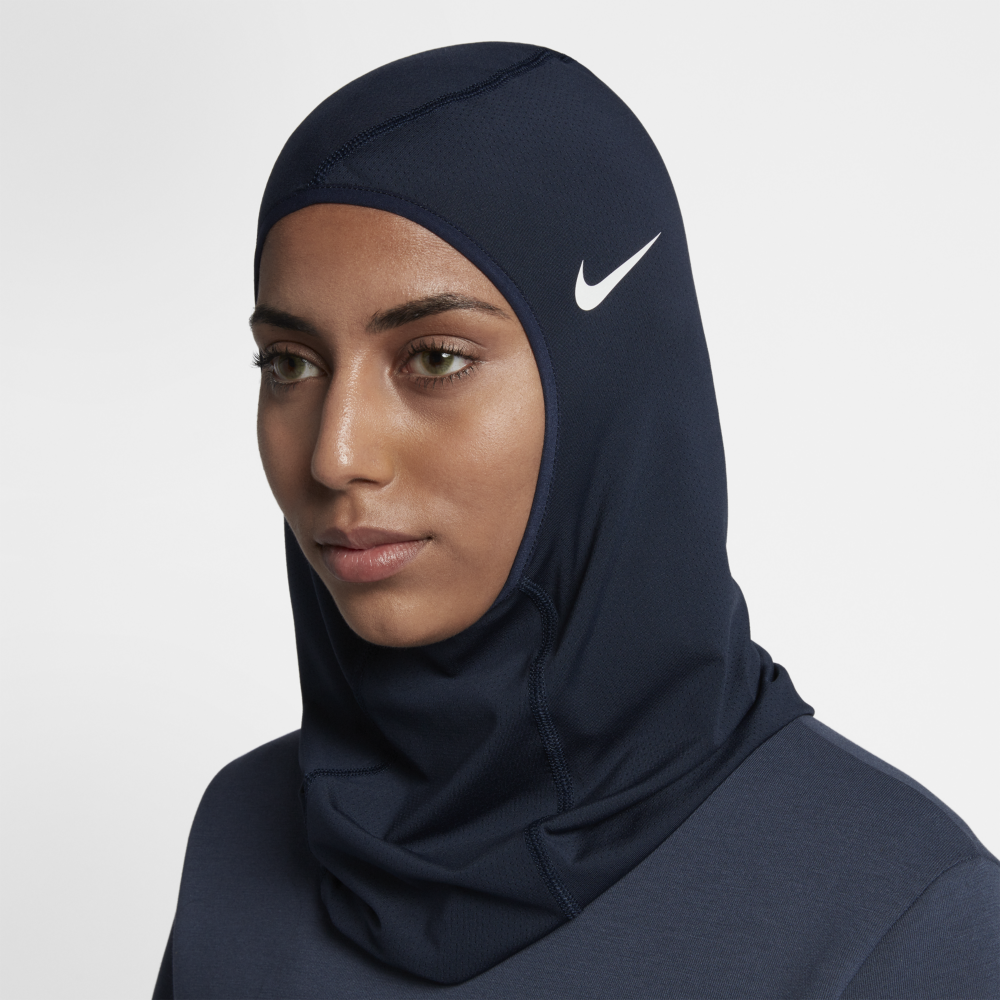
How does having a diverse team help when it comes to creating solutions such as these?
D&I gets talked a lot about a lot in the creative spaces: advertising, marketing, design, innovation. Why is it so important? Diversity is life experience and perspectives. A lot of that comes through race and gender, but at the end of the day you’re looking for unique life experiences that create a different vision. When you have a diverse creative team, you have this incredible collective empathy because you’re able to take all those life experiences and look at a subject, whether it’s an individual or a community or even a city, in a deeper way. You’re able to peel back those layers and get to that truth or insight that’s so important to both product design and storytelling.
I also think when you have a diverse team, your collective curiosity is off the charts. Some of the times I’ve missed in the past is when we all had the same backgrounds. We all had the same interests. We all looked at things in the same way. Then you produce something that’s less profound, less meaningful, and relates to fewer people. It’s not about diversity for diversity’s sake. Diverse representation only happens if it’s actually representative, which means allowing people to bring themselves into the workplace to unlock solutions that represent everyone.
In your book you talk about ‘creativity as a team sport’. How can leaders best encourage creative collaboration and why is this so important?
When you don’t share your ideas you miss out on radical creative collaboration. The power to create game-changing ideas is doing it together. As a creative leader, you have to stoke the fires of each individual creative person and figure out the best ways that they can feel appreciated, but at the same time, you have to build a level of selflessness where there’s an incredible urge to share ideas and innovation, and build on each other’s work. That’s the beauty of a brand like Nike. There’s this ‘better together’ mentality that exists in the world’s leading brands. Everybody’s bought into that sacrifice. They don’t even look at it as a personal sacrifice. They look at it as if they’re creating a creative movement. It’s believing in this idea of creating a movement of human potential. That’s a great thing, to wake up to each day as a creative person and know you’re contributing to people’s lives in the world in that way.
Want more of the same? /
We don’t just write about best-in-class campaigns, interviews and trends. Our Members also receive access to briefings, online training, webinars, live events and much more.
